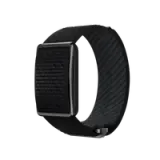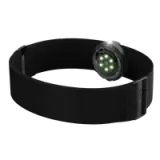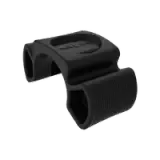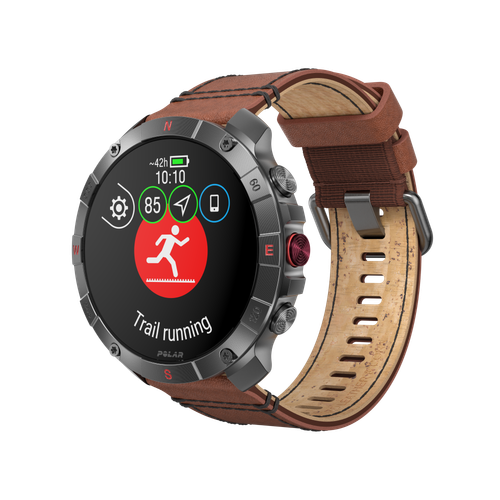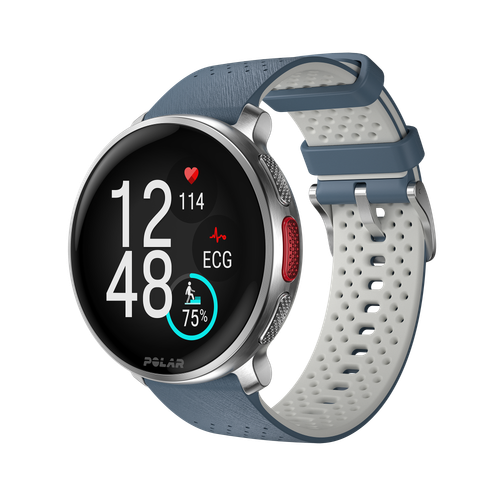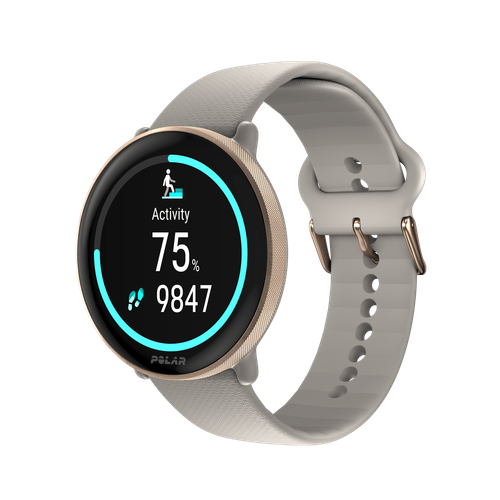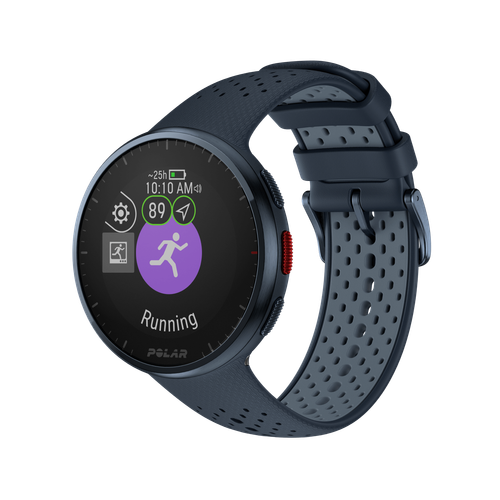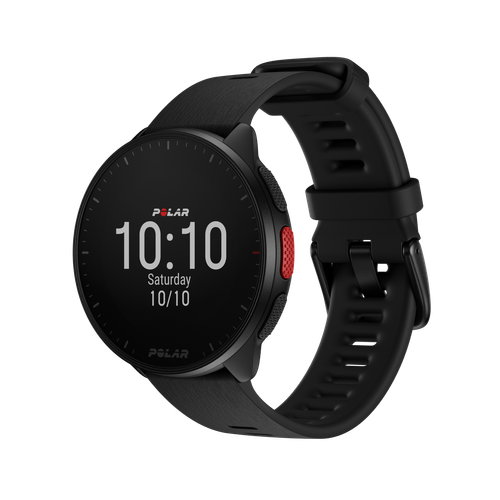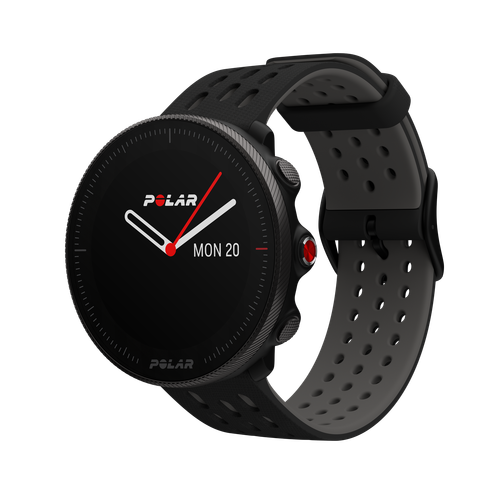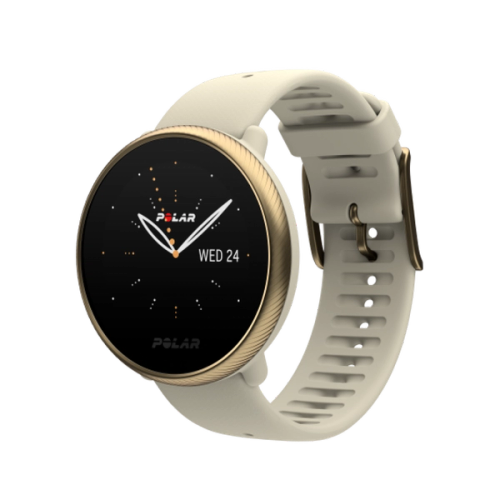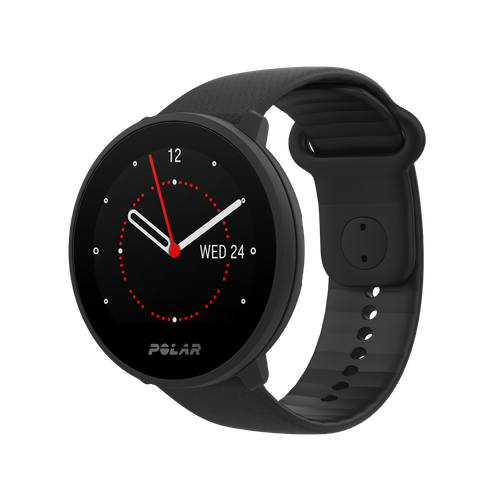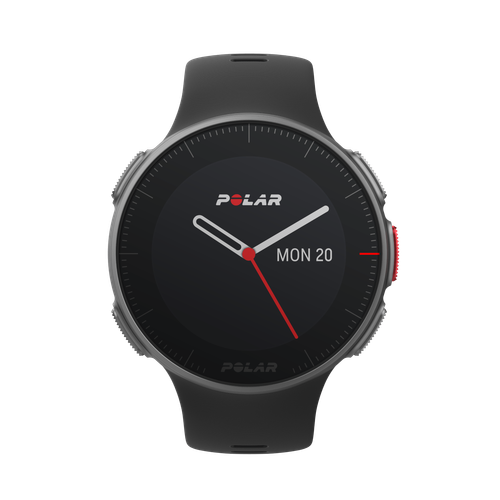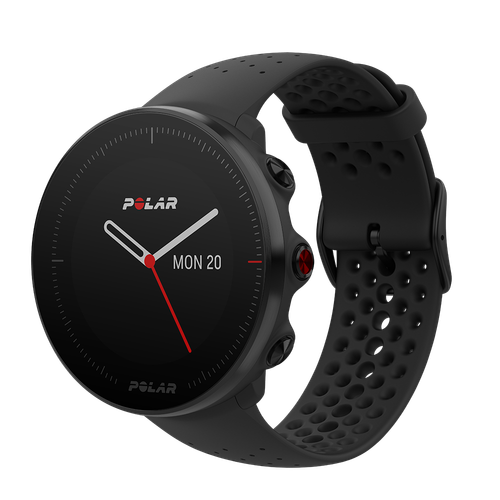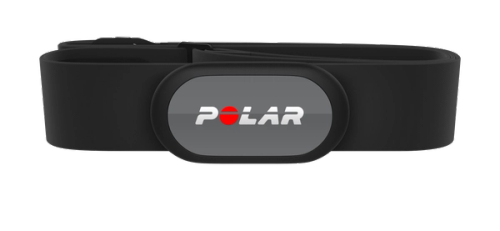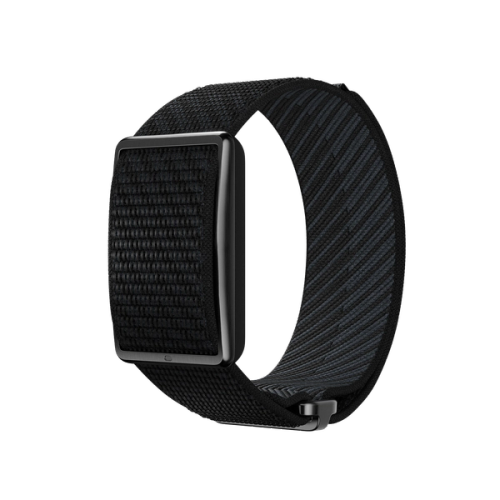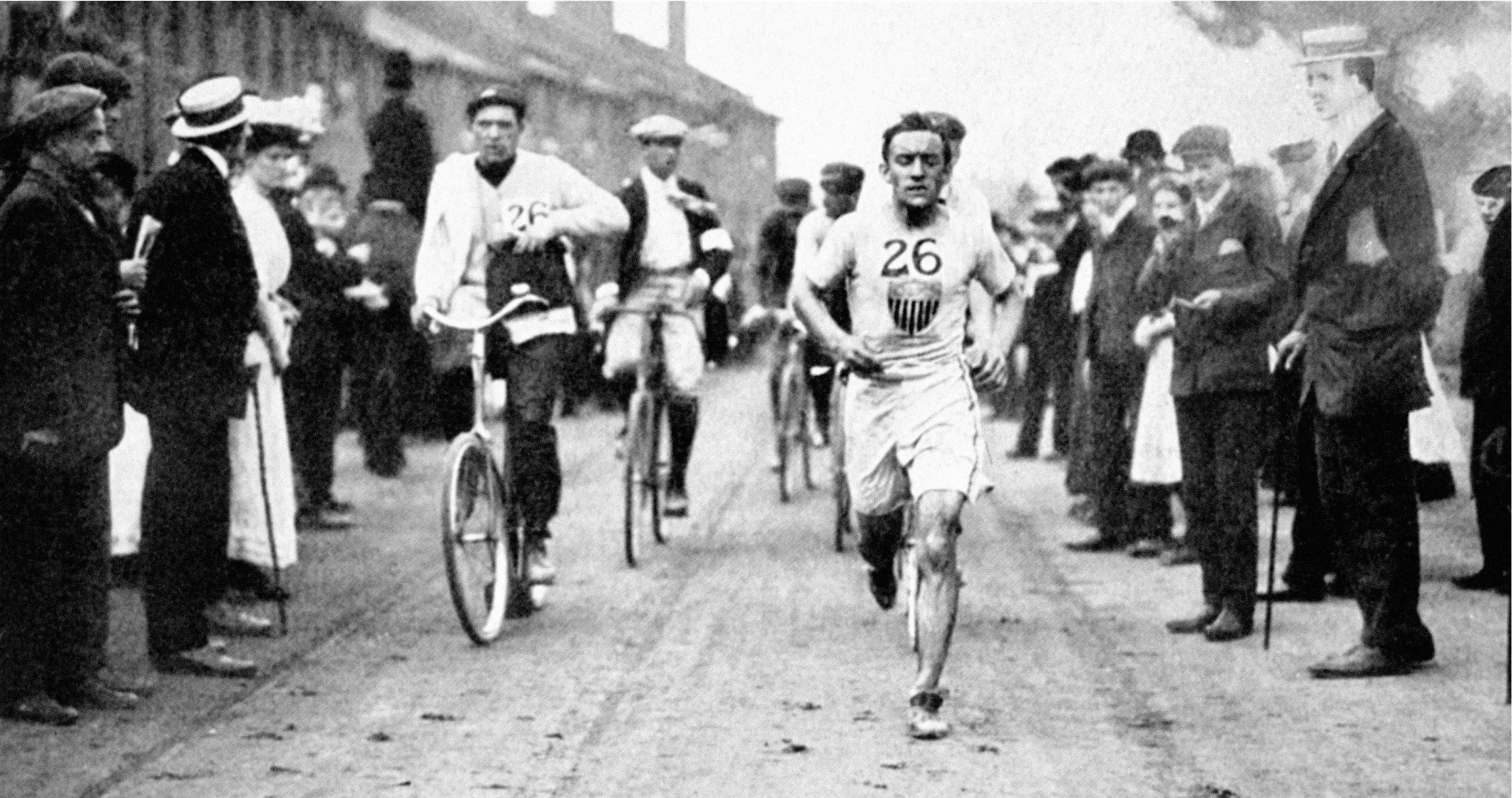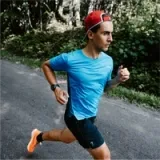Few moments in sporting history are as jaw-dropping as the 1904 Olympic marathon in St Louis, Missouri. Rat poison, rotten apples and a cheeky cheater who was nearly handed the gold medal form some of the dramatic moments, unexpected twists, and unforgettable characters that this shocking tale is filled with. Similarly, its story is bookended by the slightly more conventional but still thrilling races of 1896 and 1908, which make for (almost) equally gripping reads.
Join us as we delve into the bizarre early days of the Olympic marathon, from the first Olympic champion Spyridon Louis to the infamous Fred Lorz, who rode a car for a large part of the course (along with a whole bunch of colorful characters in between). Discover their impressively absurd stories that have become the stuff of legend.
1896 Athens Olympics: The Birth of the Modern Marathon
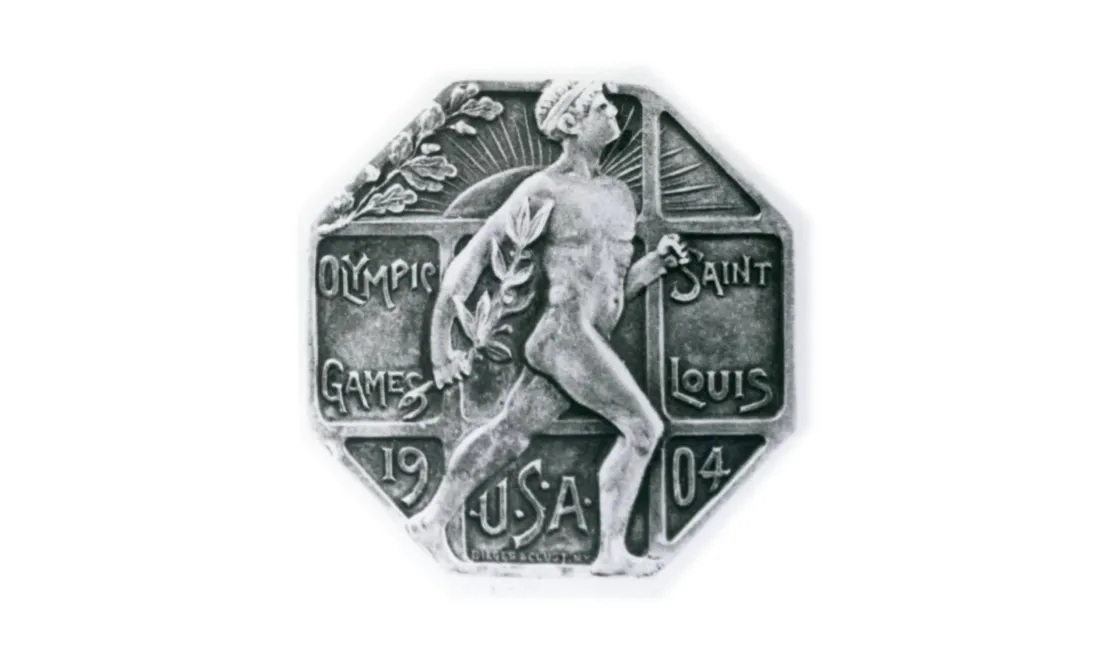
On a glorious April morning in 1896, the world witnessed the birth of a modern, legendary athletic discipline. Seventeen determined runners, hailing from five nations, gathered near the ancient battlefield of Marathon, their hearts pounding with anticipation. The inaugural modern Olympic marathon was about to unfold, which at 24.8 miles – the distance wasn’t standardized yet – would retrace the steps of the legendary Pheidippides, who famously ran from Marathon to Athens in 490 BC to deliver news of a Greek victory over the invading Persian army .
The atmosphere was electric. Spectators lined the route, their eyes fixed on the runners about to speed along the dusty road. The spectacle captivated Pierre de Coubertin, the visionary behind the modern Olympic movement. “The excitement and the enthusiasm were simply indescribable,” he wrote.
However, the drama began before the race even started. Carlo Airoldi, a seasoned Italian runner who had traveled thousands of miles on foot to Athens, was disqualified due to his professional status. The strict amateur code that Coubertin had established left no room for compromise, and Airoldi was forced to watch from the sidelines.
As the race unfolded, Spyridon Louis, a humble Greek shepherd, emerged as the unlikely hero. Despite stopping halfway to eat an egg and gulp down a glass of wine, the 23-year-old Louis was the first runner to enter the stadium, with a time of 2:58:50, seven minutes ahead of the next runner. His victory, a stunning upset against more experienced competitors, ignited a wave of national pride in Greece. Content with his Olympic triumph, Louis returned to his simple life as a farmer and never competed in another race again.
In fact, Greece nearly swept the podium, but Spyridon Belokas, who had initially secured a bronze medal, found himself at the center of a controversy. Officials discovered that Belokas had taken a shortcut during the race, hitching a ride in a carriage. The revelation of his actions shattered his podium finish, and a Hungarian runner was awarded the bronze medal instead.
But as we shall see, Belokas may have been the first but was far from the last marathon runner to cheat in the early Olympics.
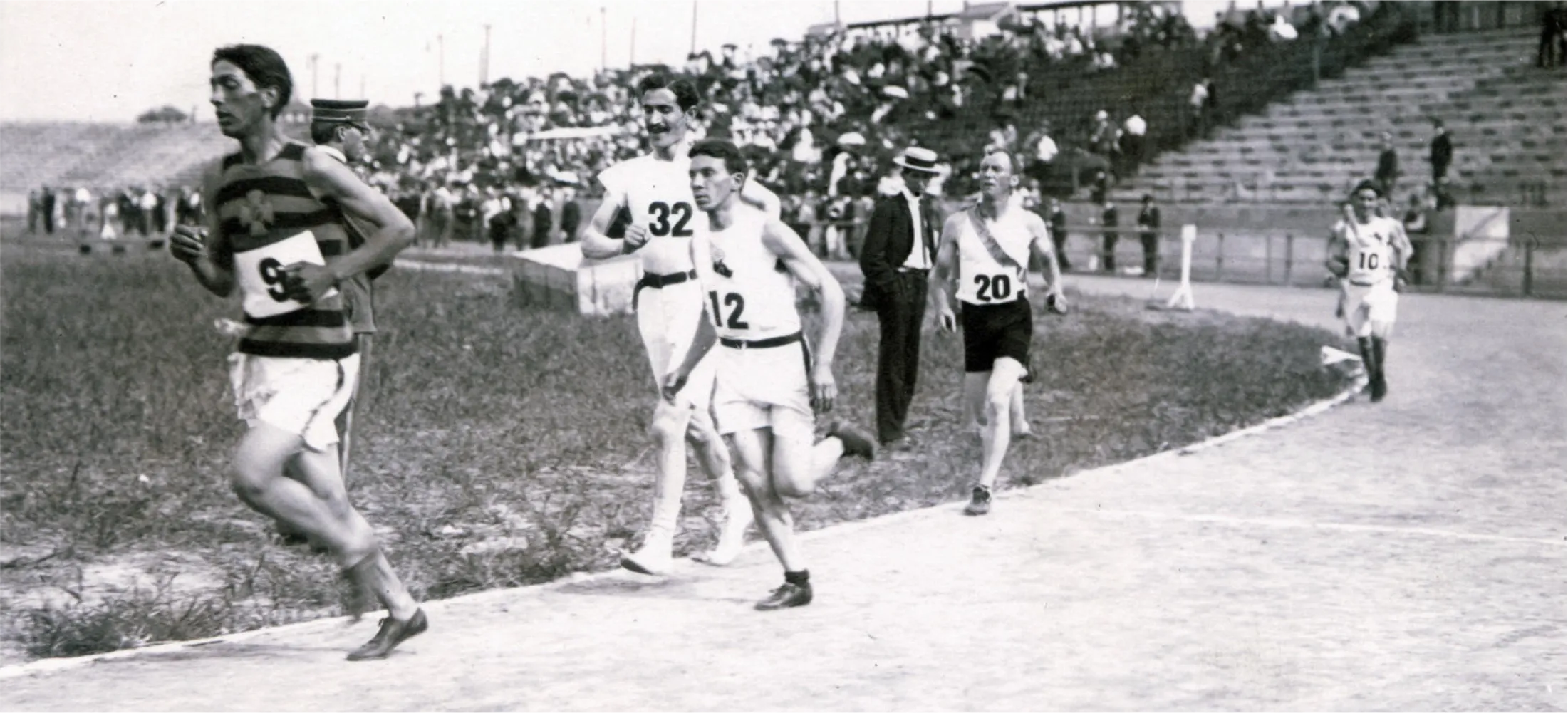
1904 St. Louis Olympics: The Most Bizarre Marathon Ever
The 1904 St. Louis Olympics marathon was a spectacle unlike any other. It was a chaotic, unconventional event that seemed more akin to a carnival sideshow than a serious athletic competition. From the bizarre antics of the runners to the unusual circumstances surrounding the race, the 1904 marathon stands out as one of the most memorable in Olympic history, yet for all the wrong reasons . Performance-enhancing poisons, a deliberate lack of water, and some rotten fruit were some of the many things that derailed this race for many of the runners.
The setting for the marathon was quite odd, meaning the runners faced a challenge to stay on their feet even before they began. The late August date meant temperatures soared over 90 degrees Fahrenheit (32 degrees Celcius). Also, unlike modern marathons, typically held on closed streets, the 1904 race took place on open dirt roads, forcing competitors to navigate around cars, horses, trolleys, trains, and pedestrians. To make matters worse, passing vehicles were kicking up clouds of dust, further taxing the runners’ lungs and making it difficult to breathe.
Staying hydrated was understandably a constant battle in such scorching heat. Yet, James E. Sullivan, a chief organizer of the games, made the situation even more challenging by promoting his theory of “purposeful dehydration.”
Staying hydrated was understandably a constant battle in such scorching heat. Yet, James E. Sullivan, a chief organizer of the games, made the situation even more challenging by promoting his theory of “purposeful dehydration.” His misguided belief was that eating and drinking during a long race was detrimental to an athlete’s performance. As a result, Sullivan ensured that there were only two water stations along the course, which, like 1896, was shorter than the now standard marathon . Faced with inadequate hydration, many runners resorted to drinking beer or cider, which were more readily available along the route.
As the runners lined up for the 1904 marathon, there was a flurry of activity as they set off, racing around the track and jockeying for position. The field was dominated by American runners, including three previous winners of the Boston Marathon. However, none of them would finish. In the end, only 14 of the 32 men who started the race would reach the end. Here are some of those runners who participated under these extraordinary circumstances. Thomas Hicks won the grueling race with a of 3:28:53, the slowest Olympic marathon finishing time in history.
As you will see, this moment in their lives was movie-worthy, with the actual winner (not the one who cheated) having to be practically carried across the finish line.
William Garcia
A runner from California, William Garcia, narrowly avoided becoming the first fatality of an Olympic marathon. During the race, the dust kicked up by passing vehicles took a toll on his body. He collapsed around the 18-mile mark and could not continue - and it’s a good thing he stopped, too.
The abrasive particles in the dust had coated his esophagus and ripped his stomach lining, causing severe internal bleeding. Had Garcia continued running for another hour without receiving medical attention, he could have bled to death.
Len Taunyane and Jan Mashiani
Two South African runners from the Tswana tribe made history in this marathon as the first Black Africans to compete in the modern Olympics. Len Taunyane and Jan Mashiani’s participation in the 1904 St. Louis marathon was a groundbreaking moment, but it would also be a bittersweet one. The apartheid regime that would later grip their country prevented any other Black South Africans from competing in the Olympics until the 1990s.
Photos from the day show that Taunyane competed barefoot - but this wasn’t an obstacle for him in the race. (Indeed, at the 1960 Games in Rome, Abebe Bikila of Ethiopia became the first runner to win the Olympic marathon barefoot). His issues were of a more canine variety, as wild dogs chased him nearly a mile off the course. Despite such challenges, Taunyane and Mashiani were among the few who finished the marathon.
Enjoying this article? Subscribe to Polar Journal and get notified when a new Polar Journal issue is out.
Subscribe
Fred Lorz
The first competitor to cross the finish line was Fred Lorz, an American bricklayer who trained at night to prepare for the marathon. Despite his dedication, Lorz struggled early in the race and eventually cramped up. In an attempt to finish, he hitched a ride in a car for 10 miles of the course, waving to spectators and fellow runners as he passed. Some accounts suggest he also stopped for a beer during this detour.
When this car broke down, he ran the final five miles to the stadium, entering the stadium and posing as a legitimate competitor. The unsuspecting crowd cheered him on as he crossed the finish line and was announced as the winner.
However, the celebration was short-lived. Just as Alice Roosevelt (daughter of then-president Theodore Roosevelt) was about to place the gold medal around his neck, someone accused Lorz of cheating. The cheers quickly turned to boos as officials escorted Lorz away. When confronted, Lorz admitted to taking a shortcut but insisted it was a joke and that he never intended to accept the medal.
The Amateur Athletics Union (AAU) was not amused and imposed a lifetime ban on Lorz for his actions. However, after further investigation, Lorz was cleared of intentional wrongdoing and reinstated into the AAU in time to legitimately win the Boston Marathon the following year.
Félix Carvajal
The Cuban national and former mailman, Félix Carvajal, was perhaps the most extraordinary character of the race. To raise funds for his journey to the United States, Carvajal demonstrated his running prowess throughout Cuba, even trekking the island’s entire length. However, upon arriving in New Orleans, he lost all his money in a dice game, forcing him to hitchhike to St. Louis.
A slight man at 5 feet 1 inch tall, Carvajal presented a striking figure when he arrived at the marathon’s starting line. Dressed in a long-sleeved shirt, long trousers, and a beret, he also appeared to be wearing street shoes. Legend has it that Martin Sheridan, a New York police officer and discus thrower, intervened by cutting Carvajal’s pants at the knee to create makeshift running shorts.
Shortly after commencing the race, Carvajal began to feel pangs of hunger. Having not eaten in two days, he reportedly snatched peaches from the hands of some spectators and ran off. This snack was followed by apples plucked from the tree as the route took him through an orchard. Unfortunately, this fruit was rotten, resulting in stomach cramps that forced him to stop and rest for a while. Despite these setbacks, Carvajal managed to finish the marathon in fourth place.
Carvajal continued his adventurous running career, traveling the world to participate in various marathons. However, his journey took a mysterious turn in 1906. While on his way to a marathon in Greece, Carvajal disappeared without a trace. He was presumed dead, and newspaper obituaries were published. To the astonishment of everyone, Carvajal reappeared months later aboard a Havana-bound steamship, offering no explanation for his absence.
undefined
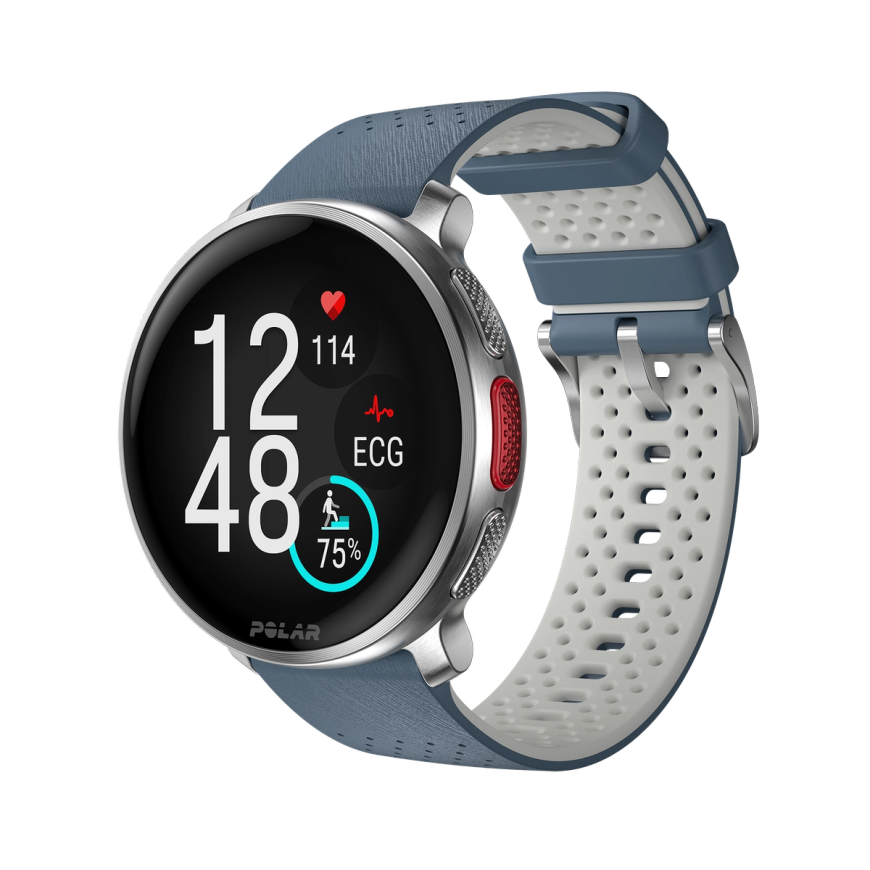
Polar Vantage V3
Premium-Multisportuhr
Bietet Biosensoren, AMOLED-Display, Dual-Frequenz-GPS, Karten und das umfassendste Angebot von Trainings- und Erholungsfunktionen auf dem Markt. Es ist soweit: Die Polar Vantage V3, die Sportuhr mit Smartwatch-Funktionen, ist da, um dir zur Bestleistung zu verhelfen.
Thomas Hicks
Another American runner, who reportedly made his living as a professional clown, also struggled during the marathon. When Thomas Hicks began to falter, his assistants intervened with a desperate measure. They administered some egg whites mixed with strychnine sulfate, a rat poison that can act as a stimulant in small doses. This practice, while potentially lethal, was not prohibited at the time.
The strychnine had a dramatic effect on Hicks, causing him to hallucinate and believe that the finish line was still 20 miles away. As he neared the end of the race, Hicks begged for food and eventually collapsed, pleading to lie down. Despite his pleas, he was refused food but was given brandy and more of the toxic egg white mixture.
With renewed energy, Hicks walked up the final hill and jogged down the incline. However, as he entered the stadium, he was unable to run and could only shuffle across the finish line. Hicks’ trainers carried him over the line, holding him aloft while his feet moved back and forth. He was declared the winner.
It took four doctors and an hour for Hicks to recover enough to leave the stadium grounds. The use of strychnine during the race sparked controversy and raised questions about the ethics of performance enhancement.
It’s interesting to note that despite fewer than half of his marathoners finishing, Sullivan (the chief organizer and “purposeful dehydration” theorist) later wrote 1909’s Marathon Running. In this book, he reiterated his continued belief in the power of water abstinence. “Don’t get into the habit of drinking and eating in a marathon race,” he incorrectly espoused. “Some prominent runners do, but it is not beneficial.”
The standard marathon distance of 26.2 miles (42.195 km) was established at the 1908 Olympics for a rather unconventional reason: the Princess of Wales wanted the race to start at Windsor Castle.
1908 Summer Olympics in London: running for royalty
The 1904 St. Louis Olympics marathon was a grueling ordeal that left many questioning the endurance limits of human beings. Even James Sullivan, the director of the 1904 Summer Games, opposed the return of the marathon to the Olympic program, deeming it “indefensible on any ground, but historic.” Despite these protests, the marathon was reinstated for the 1908 Summer Olympics in London, where it would once again push athletes to their limits.
The now standard marathon distance of 26.2 miles (42.195 km) was established at this Olympics, thanks to a rather unconventional reason. The Princess of Wales, keen for her children to witness the start of the race, expressed a desire for the marathon to begin at Windsor Castle, the royal family’s residence. However, to accommodate her request and ensure the race ended inside the Olympic Stadium, an additional 385 yards (or 352 meters) were added to the course. This addition brought the total distance to 26.2 miles.
The somewhat arbitrary decision to extend the marathon distance by 385 yards has since become the standard for the event. In 1921, the International Amateur Athletic Federation (today’s World Athletics) officially adopted 26.2 miles as the standard distance for the marathon. And so, thanks to the whims of a royal family member, runners worldwide have been enduring the extra 385 yards ever since.
However, for many participants at the 1908 Olympics, the distance change didn’t matter. By the 20-mile mark, nearly half of the 55 starters had dropped out of the race, unable to cope with the grueling distance.
From the offset, the lead changed hands several times throughout the race, with Charles Heffron from South Africa taking over at one point. However, Heffron’s celebration was short-lived. With just two miles to go, he downed a glass of champagne offered by a spectator, which would later lead to alcohol-induced cramps and a significant drop in performance.
Dorando Pietri, an Italian pastry chef, took Heffron’s lead but struggled to stay on his feet as he entered the Olympic Stadium for the final lap. Disoriented, Pietri initially ran the wrong way around the track before being corrected by race officials. With 80,000 spectators cheering him on, Pietri staggered towards the finish line, his gait a strange combination of walking and running.
Pietri fell three times during the final lap, and race officials, fearing for his safety (the potential for so many people to witness his possible Pheidippides-esque death), intervened. They picked him up and carried him the last 10 yards across the finish line, placing him on a stretcher. However, the United States protested this decision, arguing that Pietri had not completed the entire course under his own power. As a result, Johnny Hayes from the United States was declared the winner.
It’s interesting to note that if the marathon distance had not been extended on that day, Pietri might have finished the race on his own.
A colorful, chaotic history
As we’ve seen, the early days of the Olympic marathon were wild and unpredictable. From the absurd to the astonishing, the stories of these early races are filled with humor, drama, and more than a touch of the bizarre. Don’t be surprised if you find yourself recounting the exploits of Félix Carvajal or the shockingly misinformed opinions of James E. Sullivan with your running friends.
While the marathon has evolved into a more structured and predictable event in recent years, the early days of the race serve as a reminder of the sport’s colorful and often chaotic past. The hilly Paris marathon course at the 2024 Olympics is a testament to the continued unpredictability of the event, as runners like Sifan Hassan—a true outlier in the world of athletics—continue to defy expectations. Hassan's remarkable victory in the marathon just two days after competing in the 10,000-meter final showcases the enduring allure and unpredictability of the marathon.
So, the next time you watch the Olympic marathon, remember the incredible tales of the runners who came before and appreciate the unique and often bizarre history of this iconic event.
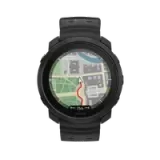 Polar Vantage M3
Polar Vantage M3
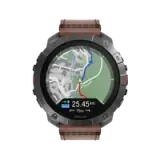 Polar Grit X2 Pro Titan
Polar Grit X2 Pro Titan
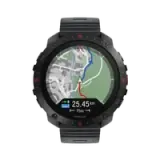 Polar Grit X2 Pro
Polar Grit X2 Pro
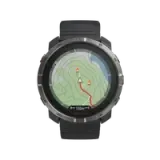 Polar Grit X2
Neu
Polar Grit X2
Neu
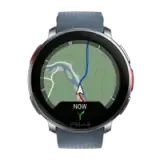 Polar Vantage V3
Polar Vantage V3
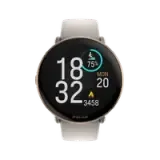 Polar Ignite 3
Polar Ignite 3
 Polar Ignite 3 Braided Yarn
Polar Ignite 3 Braided Yarn
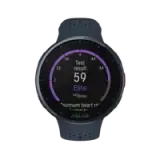 Polar Pacer Pro
Polar Pacer Pro
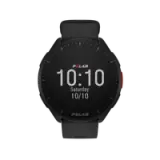 Polar Pacer
Polar Pacer
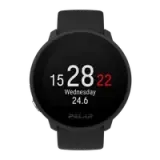 Polar Unite
Grit X Serie
Vantage Serie
Die Pacer Serie
Ignite Serie
Polar Unite
Grit X Serie
Vantage Serie
Die Pacer Serie
Ignite Serie
